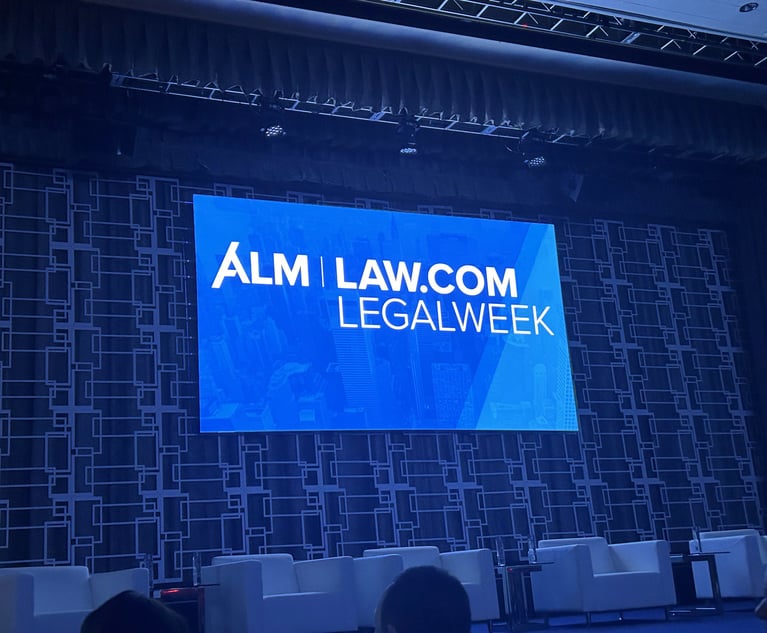Millennials and members of Generation Z now make up roughly two-thirds of the American workforce, while an average of 10,000 Baby Boomers are retiring every day, according to staffing services firm Randstad. Moreover, they’re also far more motivated by opportunities to learn and grow in their career; do social good and give back to their community; and form meaningful relationships and human connections than a paycheck. In addition, as if this sea change didn’t present enough of a conundrum for legal industry leaders, younger audiences have also increasingly begun to favor organizations that prize innovation and creativity. Moreover, they’re becoming increasingly drawn to employers that provide ongoing education and mentorship, plus constant upskilling of their workforces in the skills and insights needed to succeed in tomorrow’s workplace.
Coupled with a growing shortage in skilled labor despite rising salaries, and the fact data literacy is becoming an increasing concern for organizations, it bears reminding. Top-performing employees are already now as choosy as actual employers when it comes to hiring, and leading corporations are finding themselves coming increasingly under the gun to rethink their strategies for recruiting and retaining leading talent. Lest you dismiss these as idle concerns in the wake of recent sudden spikes in unemployment due to COVID-19 and growing economic uncertainty, as it turns out, studies show that organizations are the ones suffering in the current supply-and-demand equation. Case in point: If you want to remain competitive, it’s only going to become more crucial going forward to pick the right rights, with research indicating that top performers are eight times as productive and 400% more industrious on the job as peers. Noting these points, when looking to attract and retain top talent going forward, you won’t just want to consider how you can provide competitive salaries and favorable benefits packages for them. You’ll also have to think about how you can structure work and responsibilities more effectively, provide more opportunities for education and advancement, and offer a more flexible and supportive environment if you want to attract tomorrow’s top working professionals.


 Credit: tadamichi/stock.adobe.com
Credit: tadamichi/stock.adobe.com







